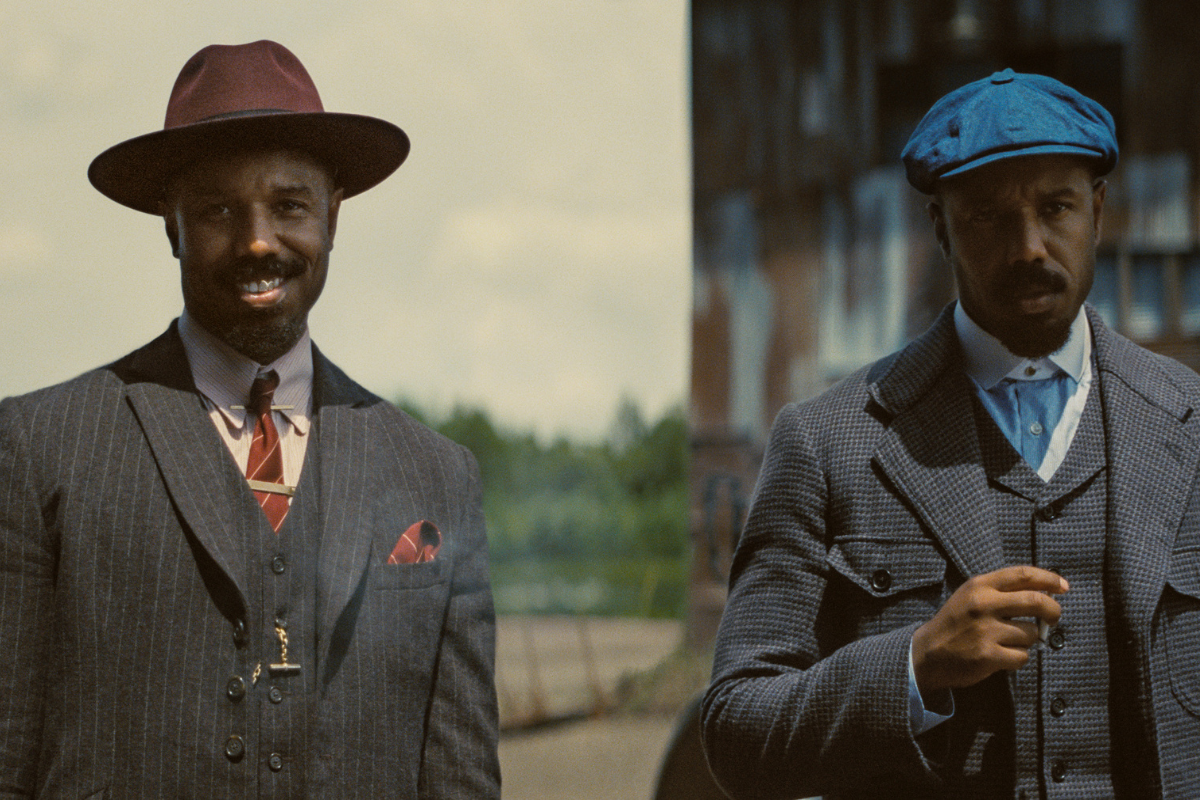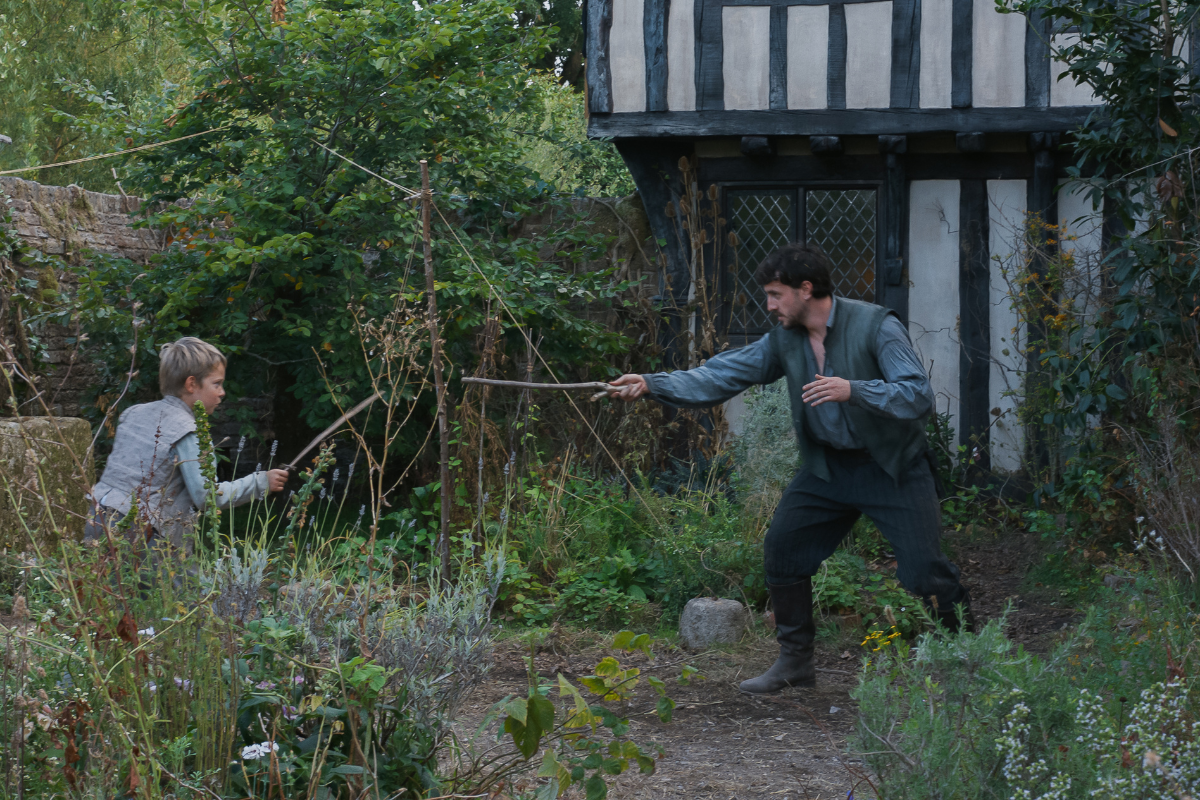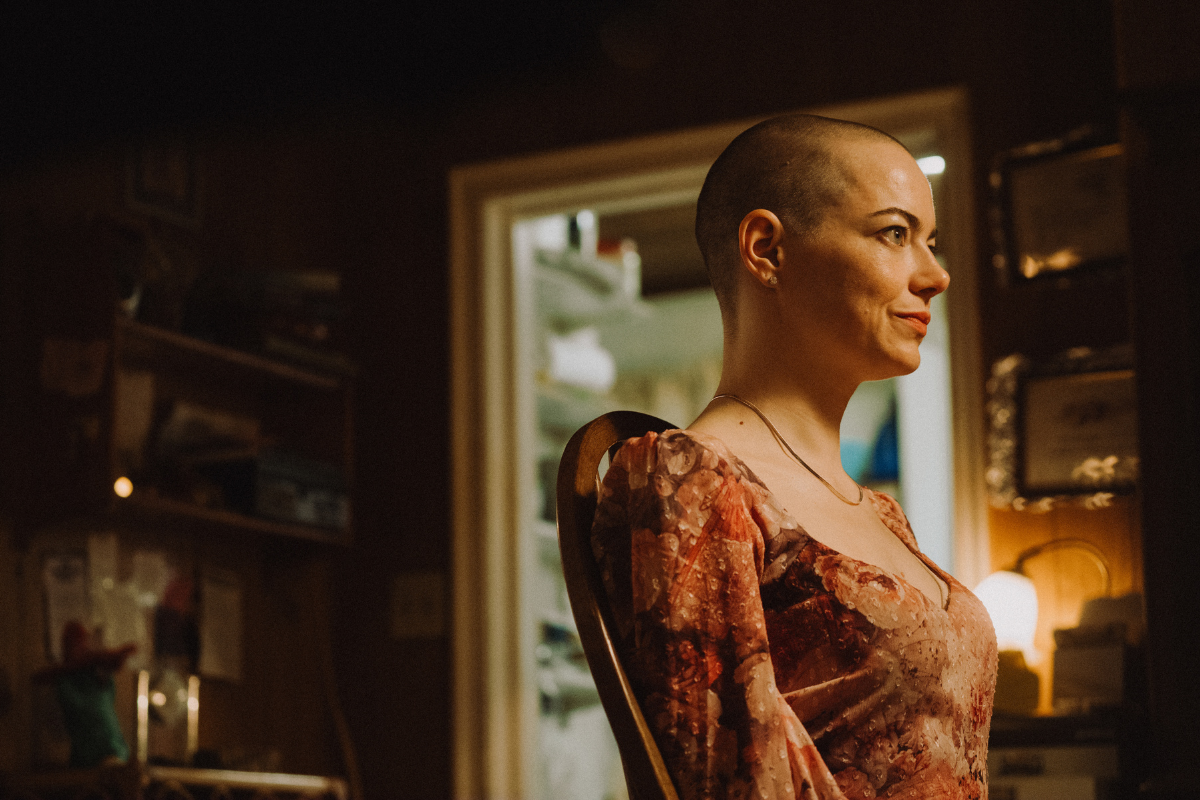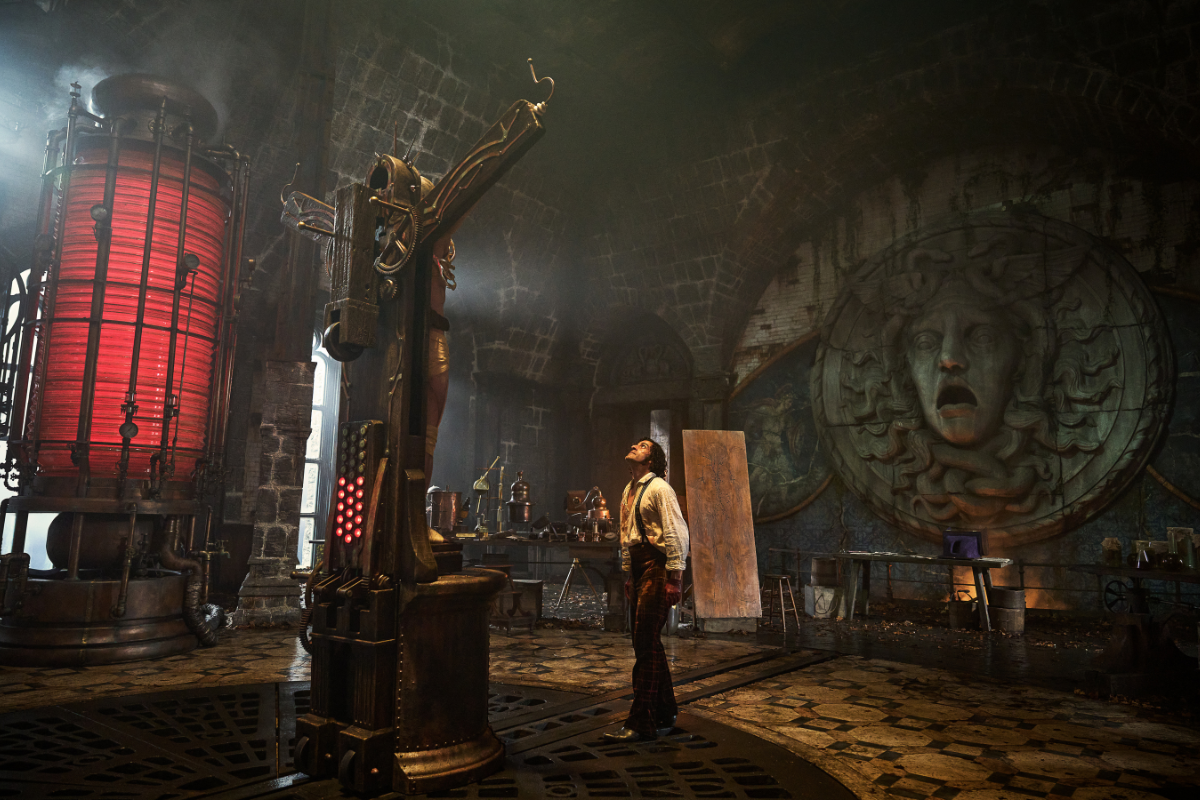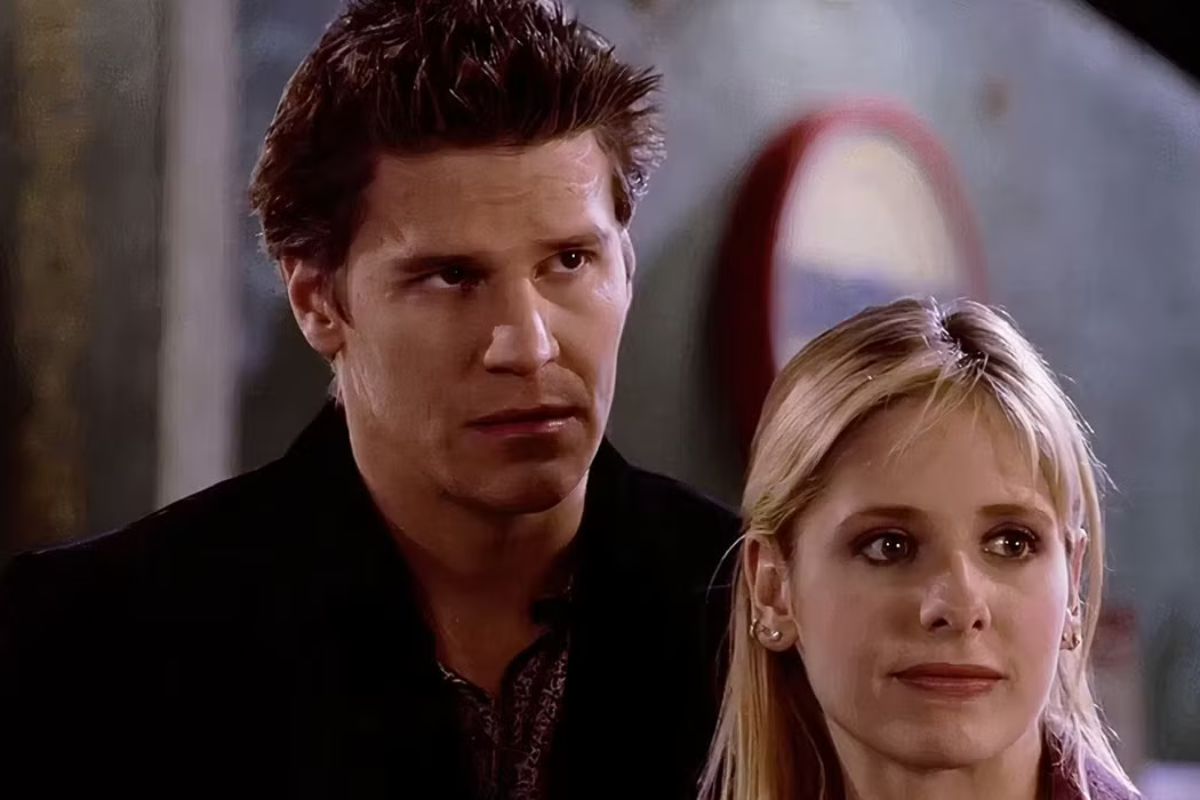STORYTELLING STRATEGIES: 10 Cloverfield Lane’s Missing First Act
What is the “first act”? It’s often referred to as the setup. Set up of what? Paul Joseph Gulino examines the first act of ’10 Cloverfield Lane.’
Paul Joseph Gulino is an award-winning screenwriter and playwright, whose book, Screenwriting: The Sequence Approach has been adopted as a textbook at universities around the globe.
A solid first act makes story development much easier.
Typically, a first act is considered to take up about 25 to 30 pages, depending on which guide or school of thought you subscribe to. In the range of successful films I’ve studied closely, the first act does tend to occupy about 25% of films, which is about 30 pages in a 120 page script.
What is the “first act”? It’s often referred to as the setup. Set up of what? Influential screenwriting teacher Frank Daniel, who was among the founders of FAMU, the Prague Film School, as well as the Dean of the American Film Institute (its first) and USC, and someone with whom I studied at Columbia University, argued that the story does not begin on page one. The first task of the screenwriter is to tell the audience what the story is. That’s the first act. The story itself is the second act.
The Revenantis about a man seeking revenge. But it takes time to tell the audience who he is and what he wants revenge about. That’s the first act. It precedes the story. Spotlightis about a group of reporters exposing a scandal in the Catholic Church. But that doesn’t happen starting on page one. First we have to get to know who these reporters are and they have to make a discovery and then decide to expose the scandal.
The end of the first act can be identified when the audience knows the answers to the questions: Who? What? When? Where? Under what conditions? Who is the main character? What does he/she want? What are the obstacles?
Once the audience knows these things, the Main Tension is established: the audience moves decisively from observer to participant — full of hope and fear — will the main character get what he/she wants? Or will he/she fail? Once the audience becomes a participant, they're much more likely to enjoy your film and tell their friends to see it, which is pretty much what you want to happen.
The story thus begins when we have enough information to become participants in the unfolding drama.
But does a screenwriter really need 25 or 30 pages to set up the story?
Maybe a Bit Too Brief
A good example of what happens if you skimp on a first act can be seen in 10 Cloverfield Lane (written by Josh Campbell, Matthew Stuecken and Damien Chazelle, with story credit to Campbell and Stuecken; directed by Dan Trachtenberg). (Note: I’ve also dealt with this issue here and here).
The story concerns a young woman trapped in an underground bunker; the main tension is: will she be able to get out alive?
That question is posed about ten minutes into the film—about a third of what is typical. What happens before then? (Note: SPOILER ALERT)
We discover a young woman named Michelle (Mary Elizabeth Winstead) in the middle of an argument with someone, who (we learn later) is her fiancé Ben (the relationship established by an engagement ring she leaves behind). Apparently as a consequence of this squabble, she leaves what appears to be her home, which is in some unidentified city, and takes off toward some unidentified destination through some unidentified countryside in her late model automobile, where she proceeds to blow off her boyfriend’s calls on her bluetooth, fills her gas tank, then has an accident and wakes up in a cinderblock cell chained to a pipe, her leg in a splint. Shortly thereafter, she is visited by Howard (John Goodman), her captor and maybe savior.
So who is she? Unknown. How does she typically operate? Blank. How does she operate under stress? Blank. Where is this taking place? Blank. What are her dreams/hopes/ambitions? Blank/blank/blank.
Why is this a problem? For one thing, with so little knowledge about our protagonist, emotional connection with her is undermined. She’s a young woman and she’s trapped: it’s a problem easily grasped, and our hope and fear kick in, but only on a very basic and generic level. She’s no one in particular, just someone in trouble trying to get out.
For another thing, such a scant setup leaves the writers with few options in developing the drama in that second act. It appears that they resorted to a lot of brainstorming to come up with ways to fill the pages. The result is a story that has an improvised feel, with repetitious scenes of people being tense with each other around the dinner table, clumsy or illogical attempts to escape, long-winded speeches about each others’ past, a sudden problem with the air system that only Michelle, owing to her diminutive size, can solve (hadn’t Howard thought of that before?), and a mystery that the audience didn’t know existed, which is only revealed when Michelle finds a clue that solves it.
Perhaps the part that feels the most improvised is the ending, where alien ships criss-cross the sky and our heroine has the presence of mind, and previous knowledge(?), to improvise a Molotov cocktail, which defeats the alien ship.
By the time we get to the end, it all adds up to an astoundingly convoluted story, featuring a woman who happens to encounter a deranged survivalist, who runs her off the road because she happens to resemble said deranged survivalist’s daughter, and is somehow able to live through a crash through a guardrail involving a tumble down a steep hillside, whereupon said survivalist rescues her (unconscious) and takes her to his underground bunker, where he has slain at least one other young female resembling his daughter, just as there happens to be a real apocalypse, just the thing the deranged survivalist built his shelter for, but fortunately she has the sewing skills needed to construct a biohazard suit from materials that happen to be present by following some biohazard suit assembly instructions that happen to be in the shelter, and is thus able to survive to fight another day.
The fact that such a story survived the reviews of critics (89% approval on Rotten Tomatoes) and has thrived with the general public is testimony to the fact that audiences tend to anticipate future developments in stories, rather than think back on what happened previously.
Toward a Solution
What if the storytellers invested a more typical number of pages in the first act?
As noted above, Michelle is a blank slate; with twenty more pages to play with, some time can be spent portraying her in the course of her normal life: dreams, ambitions, style, relationships, expectations. The shock of incarceration is bigger if it interrupts a cogent flow of life. It’s vaguely hinted that Michelle is in the fashion business, which is paid off when she can improvise the biohazard suit. But that’s just a small part of the second act.
Frank Daniel used to say that a screenplay is written backwards—when you know the story in basic terms, the key to the development process is to make storytelling and character choices that maximize the impact of the scenes implied by that story.
When you know that the bulk of your movie will take place within a confined space with just a few characters, the fact that your main character is good at sewing will not get you far—it does not yield many interesting scenes. It would have been worth it to brainstorm about other occupations that might be more germane or useful. Since a movie in a confined space is going to be dialogue-heavy, what if Michelle was someone in the psychology field—perhaps a psychotherapist, or, given her age, a student of psychotherapy. We see her in action in the first act, working with a patient; perhaps she’s doing a research project on criminal psychology—she’s good at it. She’s knows her stuff but is only book learned.
Throwing such a person into confined quarters with a guy who might or might not be crazy--and who might or might not be a mortal threat--will suddenly yield the possibility of some truly memorable scenes. A formidable student of psychology trying to manipulate her jailor into freeing her, or into making a mistake so she can escape; meanwhile he’s a master manipulator himself. She’s young but smart; he’s old but clever and has the power. Hannibal Lecter vs. Clarice Starling. At the very least we will be familiar with her strengths and weaknesses before she gets in trouble, and will have considerable expectation/excitement watching how she can bring her skills/background to the task of surviving 10 Cloverfield Lane.
Setting aside profession, what if she is herself a liar and manipulator, or in a more positive way, a trickster, and we see her in action during those missing pages of the first act? Now trickster meets liar.
Other options are of course possible; the key is to make a choice that has more "play" in the second act, given the circumstances and obstacles involved in a claustrophobic confinement with two other individuals. Anything, anything but "generic young female."
Beyond that, giving her a more complete life, with its web of connections, would also come in handy in the second act. Instead of fleeing to nowhere in particular, what if she is heading to something positive? A wedding? Her wedding? A vacation where the whole family is waiting for her? An award ceremony where everyone is expecting her? In such a case, her claim in the second act that people are certainly looking for her would feel a lot more persuasive.
In any event, an ounce of brainstorming in the first act will spare a writer a pound of sweat, blood, toil and tears in the second.
The Third Act: Missed Opportunity
Connected to the skimpy first act is the problem of the third act.
The third act, for our purposes, is the moment at which the main tension is resolved or substantially resolved. Since the tension revolves around Michelle escaping the bunker, we enter the third act when she does so. Here, a new tension arises, centered on the question: will she survive the aliens?
Unfortunately, the storytellers have not set up the aliens at all, so it feels like a whole new movie. It's even less set up than the first act, so the whole third act feels improvised and arbitrary.
It's a tricky problem but I think the solution is readily at hand.
It seems to me that with respect to the aliens, the storytellers are trying to have it both ways. At first the story poses the question: is Howard a crazy paranoiac, or is there really an alien invasion? We eventually find out that he’s nuts, and there’s an invasion. This slides the story into ridiculous improbability. Making things worse, nothing in the second act prepares us for Michelle’s battle against the aliens (hence the reliance on an improvised 1940s anti-tank weapon consisting of a bottle of whiskey and a flame to subdue aliens who presumably have 22nd century tech).
These problems are actually solved if the storytellers make a choice. I suggest making this choice: Howard actually is the sociopathic abductor/killer as portrayed in the film, but in my hypothetical version, he’s simply lying to her about the alien invasion. He’s just using that stuff as an excuse to play mind games on her—and presumably on his previous victims. Let’s suppose further that in addition to the stores of food, etc., in this shelter, there are actually fanciful weapons that Howard says can be used to fight the invaders when the time is right, and there’s even a communication device to reach out to the aliens. However, Howard doesn't believe any of that stuff and the invasion is pure hooey -- just an excuse to keep her captive.
In my hypothetical version, at the end of the second act, Michelle makes her escape and verifies that it’s a normal world, no invasion, air is fine, people are moving about; Howard—who in my version is still alive and chasing her—has been exposed as a murderous liar. He confesses that not only did he make up the invasion stuff, he didn’t even build the shelter. His eccentric paranoid brother did—a brother who actually believed all that stuff and whom he murdered in some argument some years ago, taking over the shelter to play out his diabolical games.
Let that sink in to the audience for a moment.
Now the aliens appear.
Turns out, the eccentric murdered brother who built the shelter was right, and the communication device they thought was fake was operational and summoned the aliens, who have now arrived. Michelle and Howard must now team up to defeat the aliens. The third act is no longer the start of a whole new movie, but has been carefully set up—without the audience realizing it—all through the second act. In the shelter are the weapons designed to fight them, along with instructions and tactics. We have been familiarized with them, but figured it was all baloney.
In the fight, the aliens are defeated and Howard dies, and Michelle sets out in her car. This time, however, it makes sense that she’d volunteer to fight the aliens in Houston per the final scene, because she has combat experience and a car full of weaponry.
The movie, constructed this way, would I think be much more successful, yielding an even higher rating on the Tomatometer and earning JJ Abrams even more money, because I’d tell my friends to see it—and I have a lot of friends.
Paul Joseph Gulino is an award winning screenwriter and playwright, whose credits include two produced screenplays in addition to numerous commissioned works and script consultations, and his plays have been produced in New York and Los Angeles. He taught screenwriting at the University of Southern California for five years, and since 1998 has taught at Chapman University in Orange, California where he is an associate professor. He has lectured and given workshops in the U.S. and Europe and recently guest-lectured at Disney Animation in Burbank. His books include Screenwriting: The Sequence Approach and The Science of Screenwriting: the Neuroscience Behind Storytelling Strategies, co-written with psychology professor Connie Shears. His web site is www.writesequence.com.


